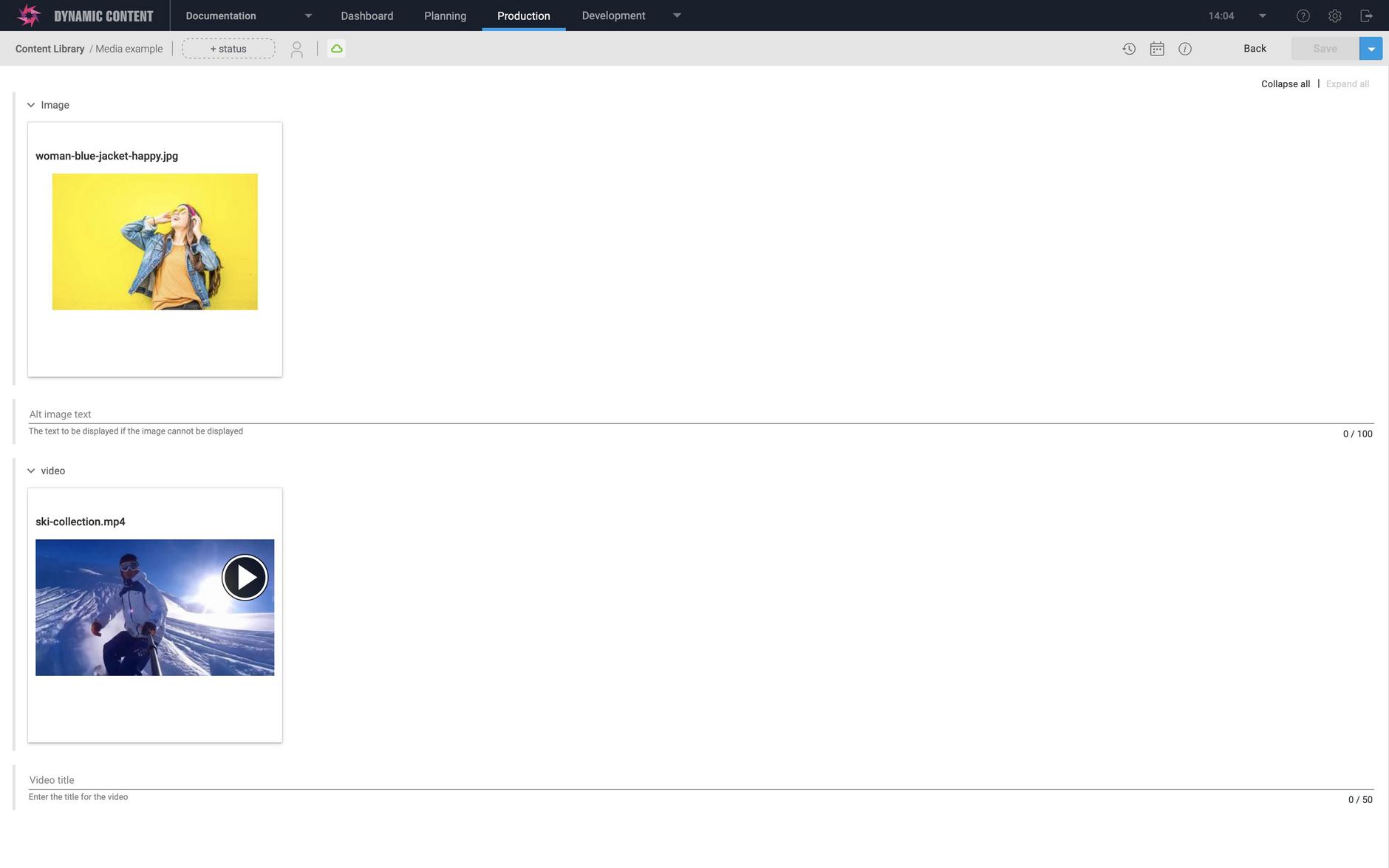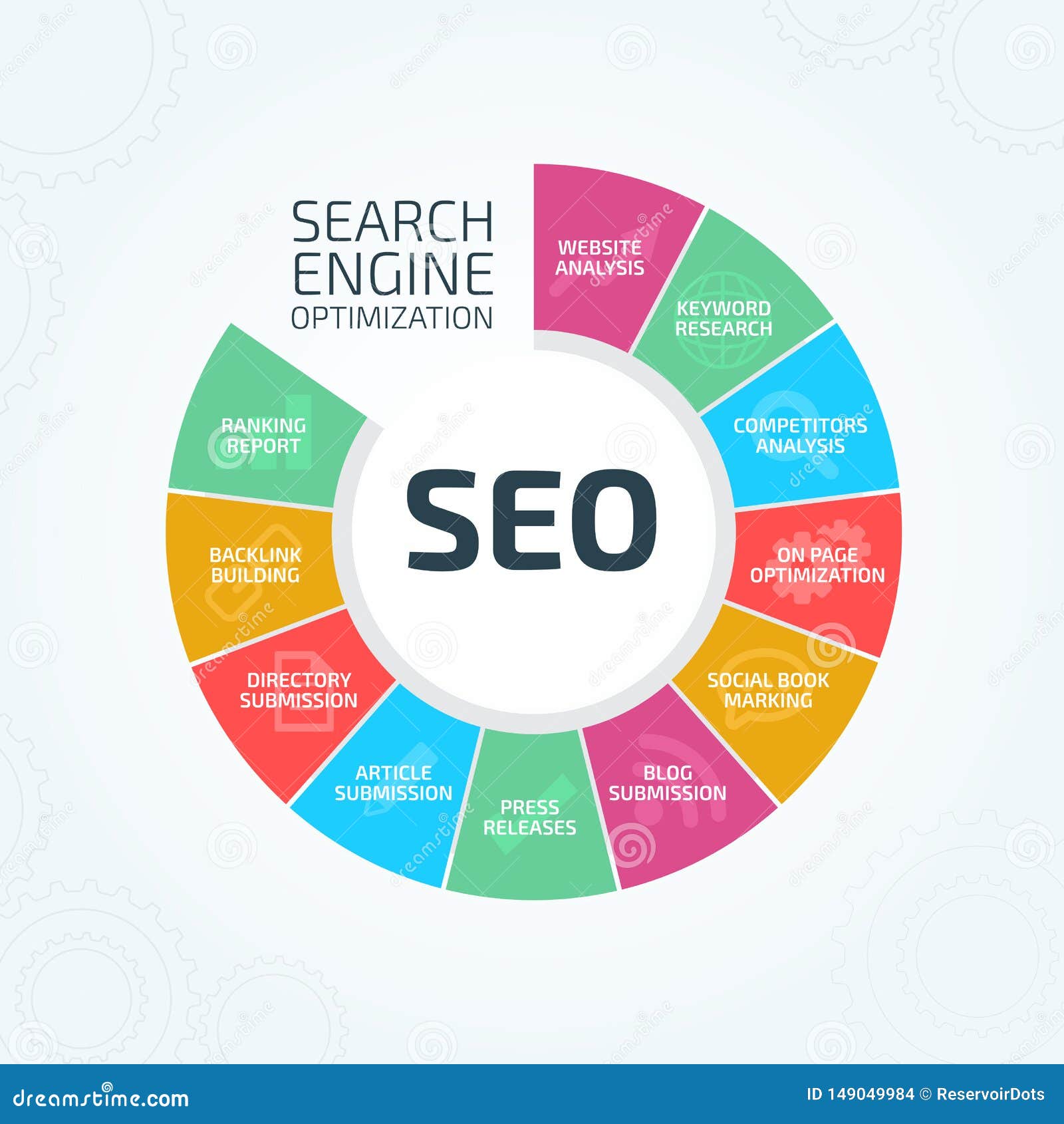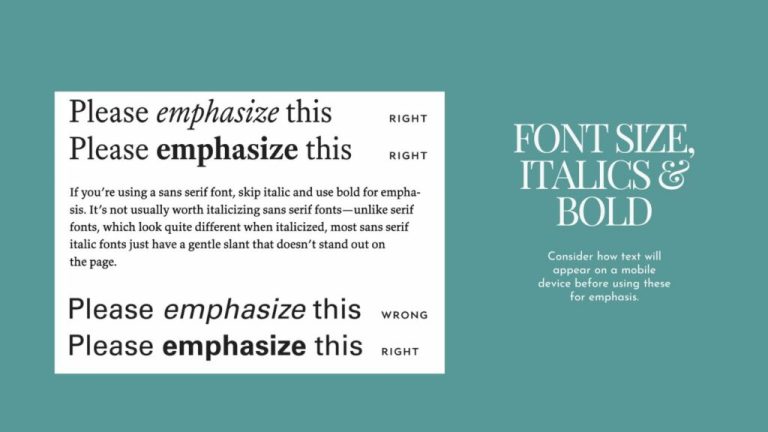
In today’s digital-first world, media content is the backbone of online engagement. Whether it’s a viral YouTube video, a high-quality image on a blog, or an audio podcast, the way you tag and structure your media files can significantly impact how they’re discovered and ranked by search engines. As search algorithms evolve—especially with the rise of AI-driven systems like Google’s Search Generative Experience (SGE)—the importance of proper metadata tagging and schema markup has never been higher.
This article will guide you through the essentials of optimizing images, audio, and video files using metadata and schema markup. By the end, you’ll understand why these practices matter for SEO, how to implement them effectively, and how to future-proof your media content against evolving search trends.
What Is Media File Tagging and Schema Markup?
Media file tagging involves adding descriptive metadata to images, audio, and video files. This includes titles, descriptions, keywords, and other relevant information that helps search engines and users understand what the media represents.
Schema markup, on the other hand, is a form of structured data that allows search engines to better interpret the content on your website. When applied to media files, it provides additional context, making it easier for search engines to display rich results, such as featured snippets, carousels, and video thumbnails in search results.
Together, these techniques help improve visibility, user experience, and ultimately, the performance of your media content in search engine results pages (SERPs).
Why Media Tagging and Schema Matter for SEO
As search engines become more sophisticated, they’re increasingly capable of understanding multimedia content. However, they still rely heavily on metadata and structured data to determine relevance and quality.
Here’s why media tagging and schema are critical:
- Improved Visibility: Properly tagged media is more likely to appear in search results, especially in image, video, and audio searches.
- Enhanced User Experience: Clear tags and structured data make it easier for users to find exactly what they’re looking for.
- Better Engagement Metrics: When users find relevant media quickly, they’re more likely to engage, leading to longer dwell times and lower bounce rates.
- Voice and Multimodal Search Optimization: With the rise of voice assistants and multimodal search, well-structured media becomes even more important for discovery.
According to a 2024 study by Ahrefs, over 65% of search queries now include some form of multimedia content. This highlights the growing importance of optimizing your media assets.
How to Implement Media Tagging and Schema Markup
Let’s break down the process for each type of media file.
1. Optimizing Images
a. File Name
Start with a clear, keyword-rich file name. For example, instead of image123.jpg, use best-organic-skincare-products.jpg.
b. Alt Text
Add descriptive alt text that explains the image. For example:
alt="A woman applying organic face cream in a sunlit bathroom."
c. Title Attribute
While not as important as alt text, the title attribute can be used for additional context. Use it sparingly and avoid keyword stuffing.
d. Captions
Use captions to add context and improve readability. Make sure they’re relevant and concise.
e. Structured Data
Use schema markup to highlight images in search results. For example:
{
"@context": "https://schema.org",
"@type": "ImageObject",
"contentUrl": "https://example.com/image.jpg",
"name": "Best Organic Skincare Products",
"description": "A woman applying organic face cream in a sunlit bathroom."
}
f. Image Sitemaps
Include images in your XML sitemap to ensure they’re indexed properly.
2. Optimizing Audio Files
a. File Name
Use a descriptive file name that includes the main keyword. For example: podcast-episode-123.mp3.
b. Metadata Tags
Add metadata tags such as title, artist, album, and genre. This helps streaming platforms and search engines categorize your content.
c. Description
Write a brief, engaging description that summarizes the audio content. Include keywords naturally.
d. Schema Markup
Use schema markup to specify the audio format and provide additional details. For example:
{
"@context": "https://schema.org",
"@type": "AudioObject",
"name": "Podcast Episode 123",
"description": "An in-depth discussion on digital marketing strategies.",
"duration": "PT45M",
"contentUrl": "https://example.com/podcast-episode-123.mp3"
}
3. Optimizing Video Files
a. Title
Create a compelling and keyword-rich title. For example: How to Improve Your SEO in 2025.
b. Description
Write a detailed, keyword-rich description that outlines the video’s content. Include links to related resources.
c. Tags
Use relevant tags to help search engines categorize your video. Avoid overstuffing; focus on quality.
d. Transcripts and Closed Captioning
Add transcripts and closed captions to improve accessibility and SEO. Search engines can crawl this text, which helps with indexing.
e. Schema Markup
Use schema markup to enhance video visibility in search results. For example:
{
"@context": "https://schema.org",
"@type": "VideoObject",
"name": "How to Improve Your SEO in 2025",
"description": "A comprehensive guide to optimizing your website for search engines.",
"thumbnailUrl": "https://example.com/video-thumbnail.jpg",
"duration": "PT12M30S",
"contentUrl": "https://example.com/video.mp4"
}
f. Video Sitemaps
Include videos in your XML sitemap to ensure they’re indexed properly.
Real-World Case Study: Boosting Video SEO with Schema Markup
A popular tech blog wanted to increase traffic to its video tutorials. They implemented the following changes:
- Optimized video titles with relevant keywords.
- Added detailed descriptions and accurate tags.
- Included transcripts and closed captions.
- Used schema markup to enhance video visibility in search results.
After six months, their video content saw a 40% increase in organic traffic, with 25% more views from Google Video Search. The improved metadata also led to higher engagement metrics, including increased watch time and reduced bounce rates.
Tools and Techniques for Media Tagging and Schema
Here are some of the best tools to help you optimize your media files:
- Yoast SEO Premium – Offers advanced features for image and video SEO, including schema markup and content analysis.
- TubeBuddy – A powerful tool for YouTube video optimization, including metadata tagging and analytics.
- Google Keyword Planner – Helps identify relevant keywords for your media content.
- Squoosh – A free tool for image compression and format conversion.
- Cloudinary – An image CDN that offers automatic optimization and transformation.
- Schema.org – A resource for creating and validating schema markup.
Future Trends and AI Implications
As AI continues to shape the search landscape, the role of metadata and schema will only grow. Google’s SGE and other AI-powered search tools rely heavily on structured data to deliver accurate, context-aware results.
In the coming years, we can expect:
- More Advanced Multimedia Understanding: AI will become better at interpreting visual and audio content, but metadata will still be essential for clarity.
- Voice and Multimodal Search Growth: Optimized media will be crucial for voice-based and multimodal search experiences.
- Automated Tagging: AI tools may soon offer automated tagging and schema generation, but human oversight will remain important.
To stay ahead, focus on creating high-quality, well-structured media content that aligns with both user intent and search engine requirements.
Key Takeaways
- Tag all media files with relevant titles, descriptions, and keywords.
- Use schema markup to enhance visibility and improve search results.
- Optimize file names and metadata for better indexing and user experience.
- Leverage tools like Yoast SEO, TubeBuddy, and Cloudinary to streamline the process.
- Stay ahead of trends by focusing on AI-ready content and multimodal search optimization.
By implementing these strategies, you’ll not only improve your media content’s discoverability but also create a stronger foundation for long-term SEO success.
Meta Title: How to Optimize Your Media Files: Image, Audio, and Video Tagging with Schema Markup
Meta Description: Learn how to tag and schema your images, audio, and video files for better SEO, visibility, and user engagement.
SEO Tags (5): #ImageSEO #VideoSEO #AudioSEO #SchemaMarkup #MediaOptimization
Internal Link Suggestions:
– [Parameter #3]: Technical SEO Best Practices
– [Parameter #7]: Content Quality and E-E-A-T
External Source Suggestions:
– Google’s Structured Data Guidelines
– Yoast SEO Blog
– Schema.org











